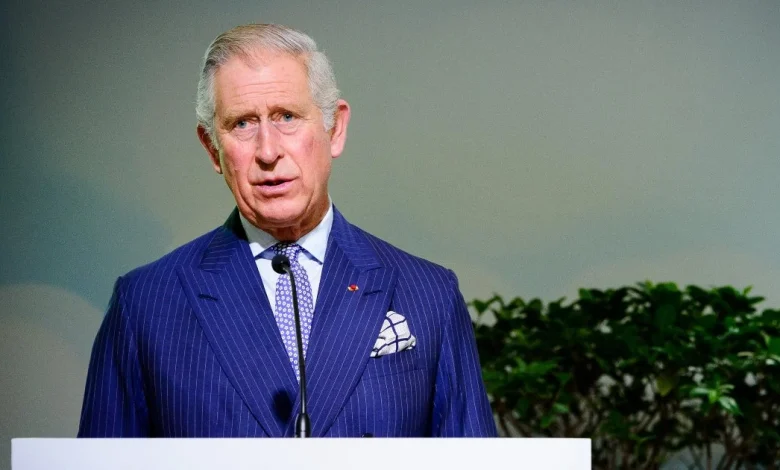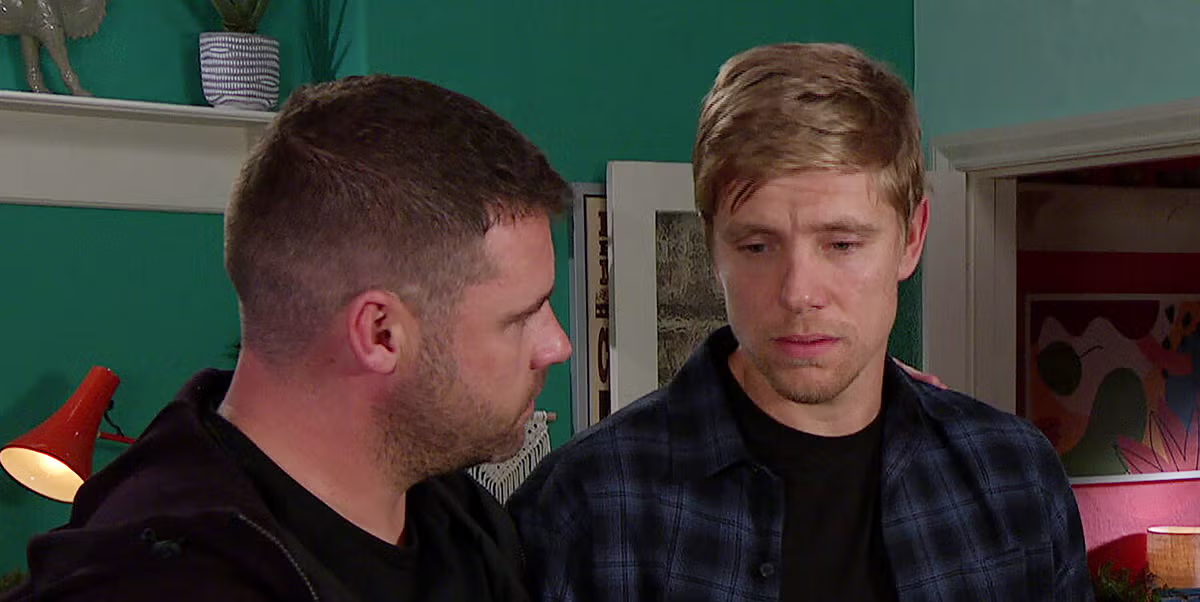No, King Charles has not used ancient royal power to limit mayor’s control of London

What was claimed
King Charles has bypassed Parliament to freeze the powers of London’s mayor Sadiq Khan, by invoking a power called the “sovereign safeguard authority”, which has effectively halted the mayor’s control over the capital.
Our verdict
This is false. There is no such thing as the “sovereign safeguard authority” and the British monarch does not have the power to take control of a city from a democratically elected politician.
King Charles has not used an “ancient Royal power” to freeze the powers of London’s mayor, contrary to faked news reports being shared online.
A connected series of four videos circulating on social media, which together have gathered thousands of shares and ‘likes’, have made false claims about an intervention by the monarch in London’s politics.
A voiceover on one of the videos, which continues in another, says: “For the first time in modern British history the monarch stepped directly into politics, bypassing Parliament, and freezing the powers of London’s mayor Sadiq Khan.”
The subsequent videos claim that the King invoked an “ancient Royal power” called the “sovereign safeguard authority, effectively halting Khan’s control over the capital”.
They claim that a “leaked 14 page dossier from inside City Hall” revealed that advisors to Mr Khan were secretly discussing a “post-monarchy London”.
In response to this alleged dossier, the voiceover claims that King Charles is now preparing a “constitutional emergency speech” in which he will “name names” and expose a “covert plan to dismantle Britain’s unity”.
However, the claims in these videos are false. We could find no credible reporting of any leaked dossier of this nature, or any such plans by the London mayor.
There is also no evidence that the King has intervened to stop Sadiq Khan from being the Mayor of London, the position he was re-elected to last year. This would clearly be a major news event if it had happened, but a search for these terms brings up no media reports of this taking place.
In fact the King knighted Mr Khan at a ceremony at Buckingham Palace in June this year.
There is also no legal mechanism by which the King could suspend the powers of a democratically elected mayor.
Join 72,953 people who trust us to check the facts
Sign up to get weekly updates on politics, immigration, health and more.
Subscribe to weekly email newsletters from Full Fact for updates on politics, immigration, health and more.
Our fact checks are free to read but not to produce, so you will also get occasional emails about fundraising
and other ways you can help. You can unsubscribe at any time. For more information about how we use your data
see our Privacy Policy.
What political powers does the British monarch have?
King Charles III is the UK head of state and head of the Commonwealth, but his powers are generally considered to be chiefly ceremonial, and he does not intervene in day-to-day politics.
His three prerogative powers are the power to appoint and dismiss ministers (on advice of the Prime Minister); to summon, dissolve and prorogue Parliament; and to grant royal assent to bills passed by Parliament (the last time royal assent was refused was in 1708).
There is no royal power called a ‘sovereign safeguard authority’.
The formal appointment of a government involves the monarch meeting the leader of the party that wins a general election at Buckingham Palace to invite them to form an administration.
The British monarchy is known as a constitutional monarchy, with Parliament and not the Royal Family, having the ability to make and pass legislation.
The government’s plans are set out in the King’s Speech, part of the State Opening of Parliament ceremony, which is read aloud by the King. But the speech is largely written by the government, and the monarch delivers it in a neutral tone.
We have recently fact checked other videos making false claims about King Charles and his direct involvement in British politics. Before sharing content like this that you see on social media, first consider whether it comes from a trustworthy and verifiable source. Our toolkit can help you spot bad information that you may come across online.





